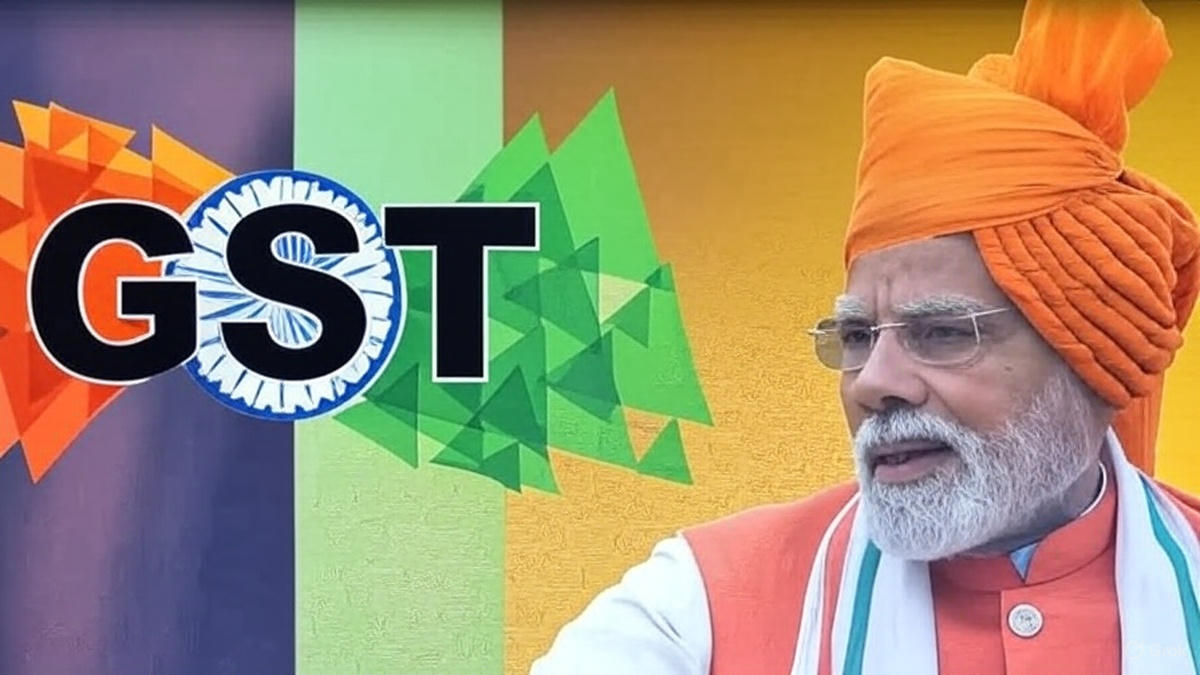PM Modi’s Diwali Gift: Cheaper Household Items Under GST and a Special Team for Modern Tax Reforms.
Next Generation GST
During his inspiring Independence Day speech at the Red Fort, Prime Minister Narendra Modi announced a major revamp of India’s Goods and Services Tax (GST) system. With Diwali approaching, he promised a “double Diwali” for the nation, not just in celebrations, but also in the economy.
The upcoming reforms aim to lower GST on everyday household items, offering much-needed relief to families and businesses. This move signals a major step forward in India’s path toward economic growth and transformation.
Table of Contents
Next-Generation Reform Initiative – Formation of a High-Level Task Force
Prime Minister Narendra Modi has announced the launch of a high-level task force to drive next-generation reforms in the country.
The task force will focus on:
- Improving public services to make them faster, simpler, and more accessible to citizens.
- Strengthening governance for more transparency and efficiency.
Taxation Reform with a Focus on GST
The newly formed task force will give special attention to improving India’s tax system, especially the Goods and Services Tax (GST). It aims to introduce practical policy changes that close existing gaps and remove inefficiencies in both taxation and governance, ensuring a smoother, fairer system for all.
GST: A Critical Review – Why Change Is Needed
Prime Minister Narendra Modi stressed that revisiting the GST system is the “need of the hour.” While GST has delivered positive results over the past eight years, experts and citizens alike are calling for:
- Lower taxes on essential, everyday items to ease the cost of living.
- Simpler tax rates that are easier to understand and apply.
- A streamlined structure to reduce complexity.
- Fairness for low – and middle-income families.
Key Takeaways from the Proposed GST Reforms
1. Big GST Cuts on Everyday Essentials
The government is set to slash GST rates on key household items, giving direct financial relief to ordinary citizens.
The reform aims to:
- Strengthen economic activity starting from the grassroots level.
- Reduce the cost of living for families.
- Encourage higher spending on goods and services.
2. Simpler GST Rate Structure
The task force is likely to suggest a more streamlined GST system by reducing the number of tax slabs.
The main goals are to:
- Make GST more transparent and user-friendly for everyone.
- Cut down the number of rates for easier understanding.
- Lighten the compliance load on small businesses.
3. Greater Transparency and Fairness in Taxation
The reforms aim to create a tax system that is open, easy to track, and less prone to loopholes.
The focus is on:
- Closing gaps that allow tax evasion or misuse.
- Ensuring fairness so middle- and lower-income families aren’t overburdened.
The Promise of a “Double Diwali”
PM Modi’s phrase “double Diwali” reflects his commitment to bringing both joy and economic relief to the nation. His announcement of a “big gift” hints that the GST reforms could be rolled out before the festival, creating a sense of celebration and optimism across the country.

